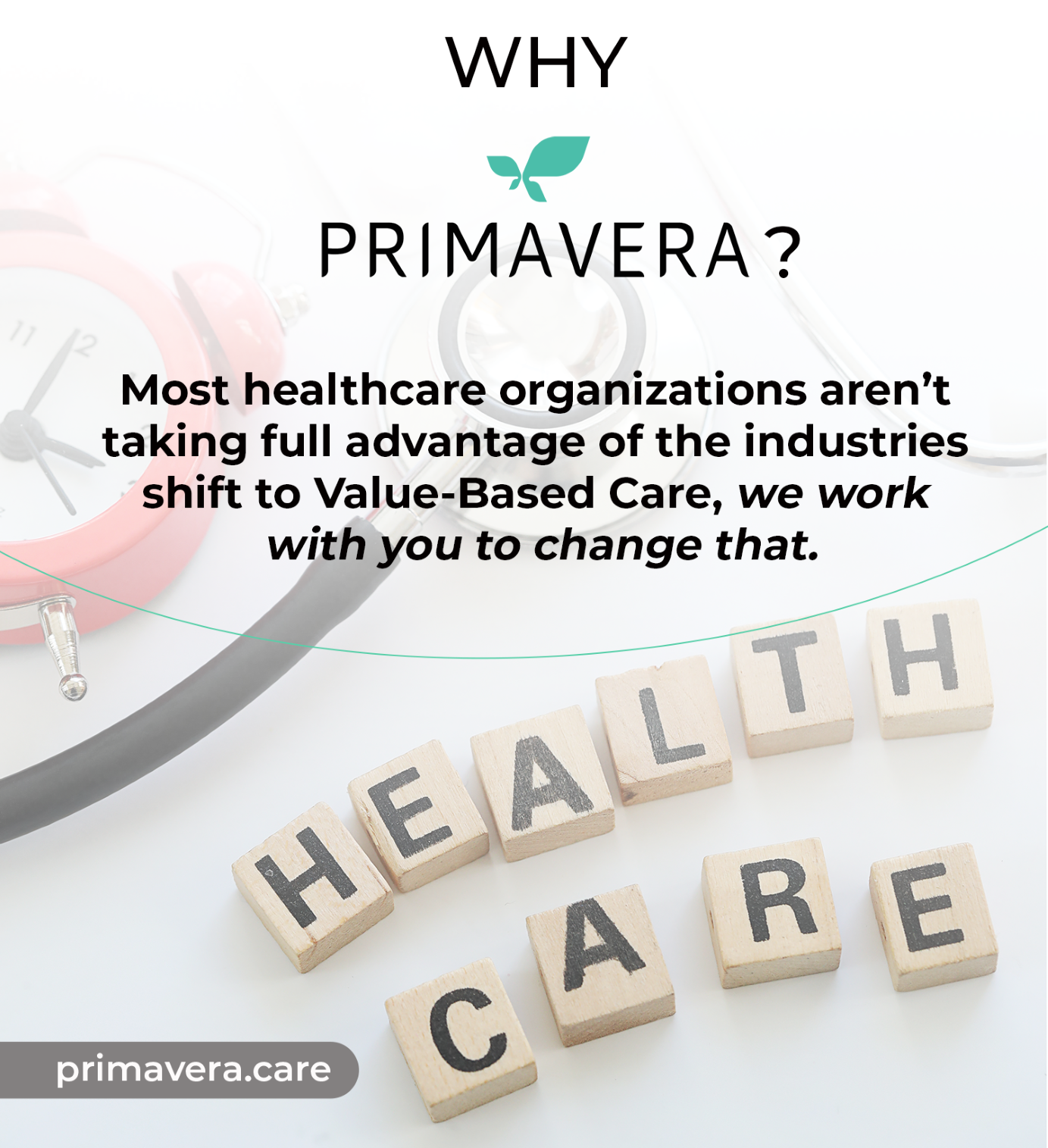Key Ways to Support Membership Experience and Growth
When a healthcare organization embraces the value-based care approach they accept the importance of supporting their patient membership experience, delivery of care and growth. What membership trends are important for a practice to track though? How do they position themselves to track ways to improve the delivery of care?
Read our newest resource below to find out these answers and more about key ways to support tracking trends that are impacting your membership experience and growth.
1. Monitor Delivery of Care
An essential part of ensuring your patient population is continuously growing or staying consistent is tracking your membership trends. Tracking trends on a monthly, quarterly or annual basis for different trends is important. Trends Include:
- By Payor Relationship
- Practice Location
- Insurance PCP
- Financial Class
- County
- Chronic Condition
- Age Group
- New Enrollment
- Churn Percentage
- Monthly Retention Rate
Being able to identify trends with any of the above, allows your healthcare organization to identify room for improvement. For example, if you identify a loss in members two months ago at one of your locations, you may want to determine potential reasons this is happening. Maybe your marketing team stopped advertising for that location, maybe there’s a new competitor that recently opened up nearby or maybe the price changes you implemented recently have impacted the number of patients at that location. The only way to know this is to first identify the trend and then determine the reason why before it’s too late, too many members leave or revenue is impacted. Ensuring you have the right technology to identify these trends in real-time is something to consider as well.
2. Monitor Delivery of Care
Going hand and hand with maintaining or growing your membership panel by tracking, it is important to monitor delivery of care of your current patients. How does the delivery of care impact your patient panel? Over time if the delivery of care is not meeting or exceeding your members expectations, they will leave your practice and will also spread word of their experience.
Primavera’s technology provides you the technology and tools to monitor delivery of care through custom care gaps, patients risk stratification and alerting you of HCC code oppurtunity. As the healthcare industry shifts more and more towards value-based care, it is essential to ensure your organization is leaning into the change and being proactive with patients through not only monitoring care but intervening when necessary as well.
3. Intervene When Necessary
Identifying trends in your memberships whether impacted by delivery of care or other factors, it is important to intervene when necessary. Having the right trends and data at your fingertips is essential to make decisions and intervene when necessary. A few examples of scenarios that you may want to intervene in include:
- When a patient care gap has been identified, being able to create a action plan/case plan to resolve care gap
- If you see a sudden increase or decrease in memberships for a specific group, determining what the reason may be
- Identifying patients that frequent the hospital and if there are ways to improve delivery of care, ultimately preventing readmission
Primavera provides you the right technology and tools to intervene on trends impacting your memberships and ultimately their delivery of care
Manage Your Patient Panel and Delivery of Care with Primavera Health
Taking action as a healthcare organization once you have measured, accessed and evaluated the risk and growth trends of your patient population is extremely important to ensure your organizations success. Primavera Health partners with you through our technology and advisors – allowing you to identify patient trends associated with risk, intervene on a patient level, and make continuous improvement of your patient experience and panel possible.
Reach out to us today to learn how we support you to continually improve your risk management and value-based care strategy today.
(888) 667-2219















Recent Comments